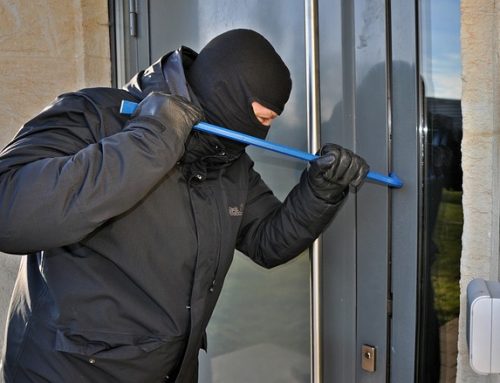The conversation around bail reform isn’t new. Politicians, bail agents, and other members of the public have debated the pros and cons of altering the bail system in California for some time, often as a way to help reduce overcrowding in California’s jails. The issue of overcrowding became an even more important issue during the pandemic. The more people in jail, the more people would be unwillingly exposed to COVID-19, should it make its way into county jails and state prisons – which it did.
One of the ways policymakers chose to reduce jail populations during the pandemic was to institute a “zero bail policy,” all but eliminating bail for most crimes, excluding serious felonies. A lot of people in the state were against it, including law enforcement and judge’s organizations, as they believed eliminating bail would lead to an increase in crime across the board – which it did.
Recently, the DA of Yolo County released a report and analysis of the reoffending rates of suspects released from jail on “zero bail” initiatives, and the results are not surprising to many. According to the study, those released on “zero bail” were rearrested for a total of 163% more crimes than other defendants who were released on bail. Those released on “zero bail” reoffended 70% more than those released on bail. Additionally, and alarmingly, those released on “zero bail” for violent crimes committed additional violent crimes 200% more often than those released on bail.
While bail reform and when and where it’s necessary is up for debate, according to the analysis, the bail system appears to be highly effective at deterring reoffences among suspects – by a lot. The report only covers Yolo County, but it’s naive to think that the trend is unique to one area. Yolo County has a population of roughly 200,000 people. Los Angeles County, by contrast, has a population of about 9.83 million. We have far more offenders (L.A. County jails are some of the busiest jails in the world). Bail works not only to reduce reoffenses and the total number of crimes committed in a given area but also to keep residents safe from becoming the victims of crime – particularly violent crimes and property crimes.
Ultimately, the bail system works, and it works well. Simply doing away with bail, without replacing it with something that’s been proven to be at the very least as effective, if not more so, is not only irresponsible but a detriment to the safety of the community. This isn’t a bail industry issue, it’s a safety issue.






